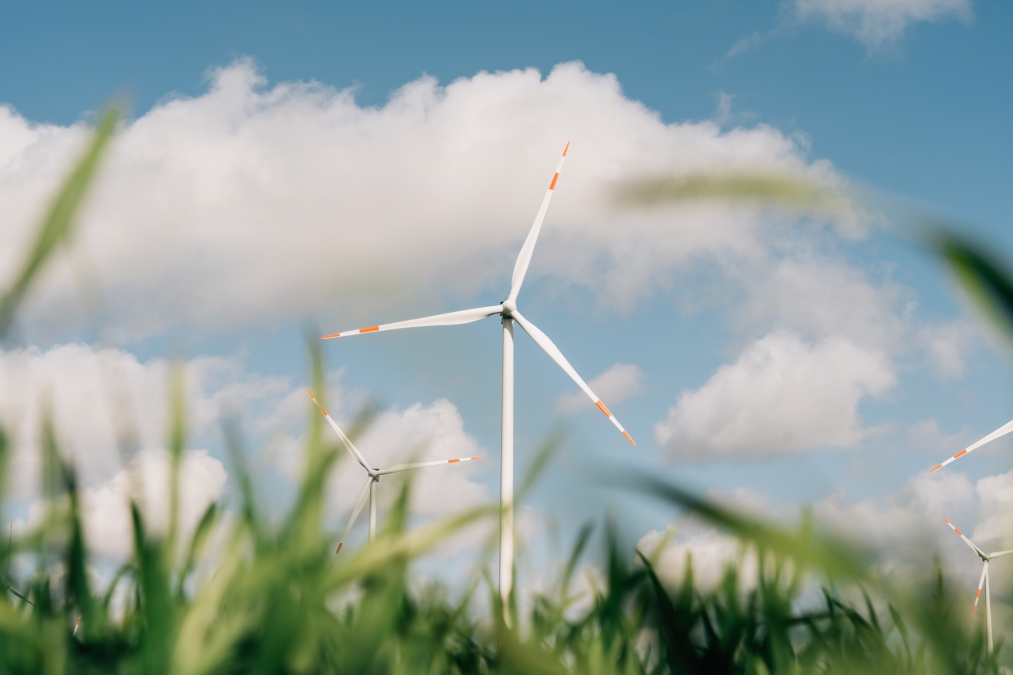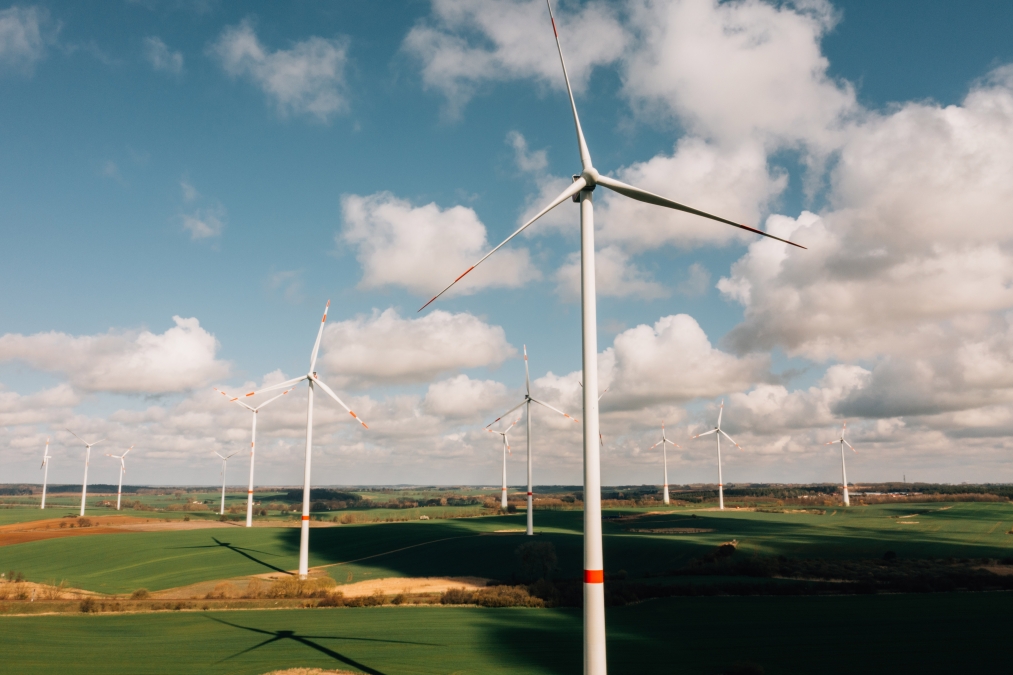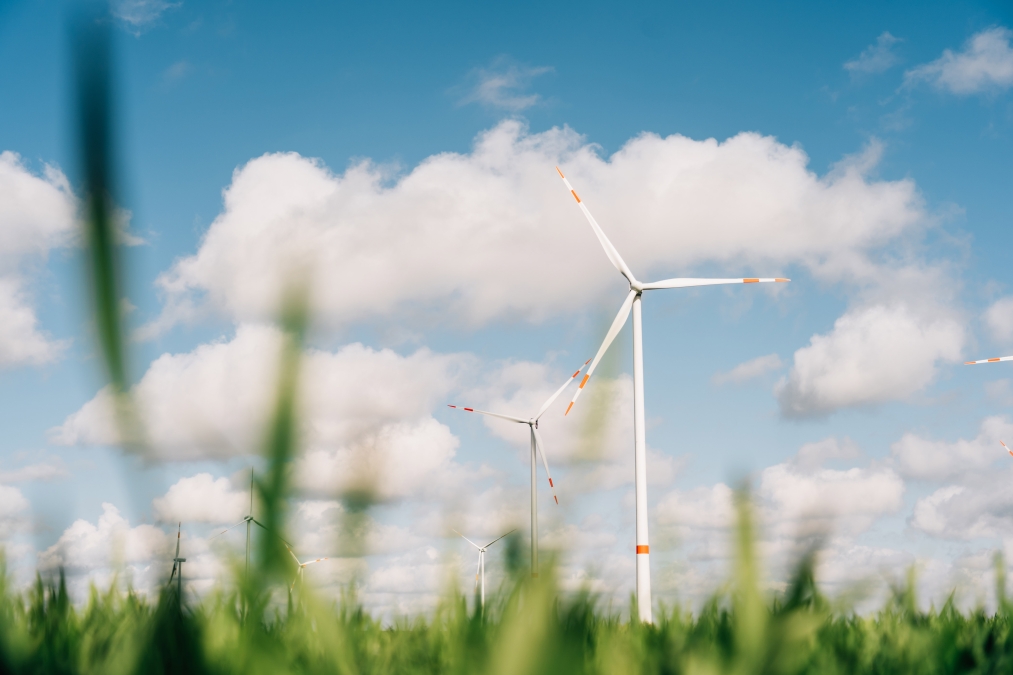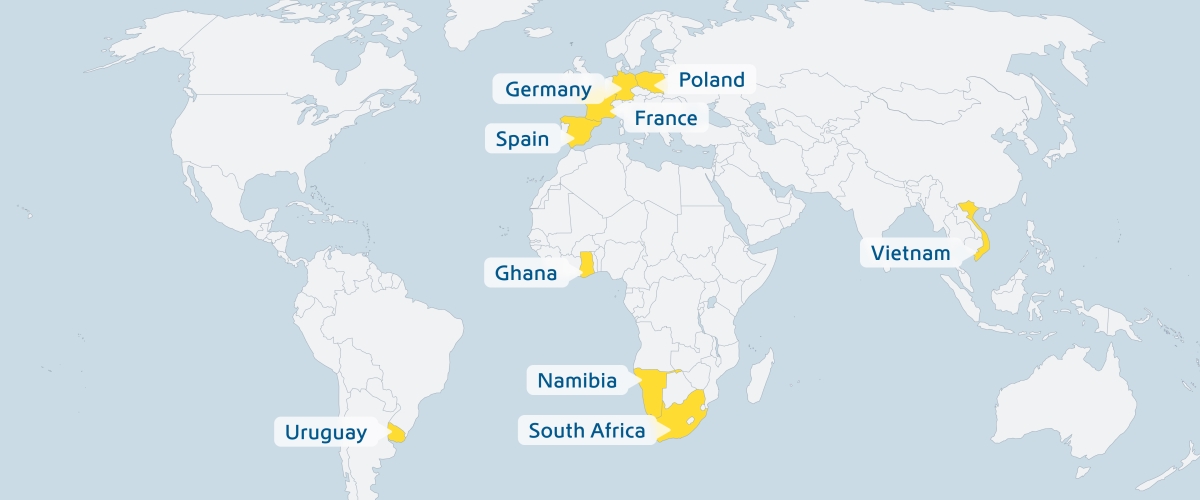
Object-orientated risk assessment
Uniformly assess and minimise hazards
Risk assessment: safety starts with responsibility
Without a proper risk assessment, safety is compromised. In the wind energy sector, assessing potential hazards associated with installations is a crucial responsibility. Identifying risks and implementing protective measures for employees is not just a legal obligation but a cornerstone of safety and compliance.
However, many operators only begin to recognize the importance of risk assessments too late — often after an accident or following scrutiny from regulatory authorities.
Without a compliant risk assessment, operators risk severe consequences: fines, civil liability, or even serious accidents. Here, we provide an overview of how to mitigate these risks and why risk assessment is a fundamental component of safety and regulatory compliance in the English-speaking market.
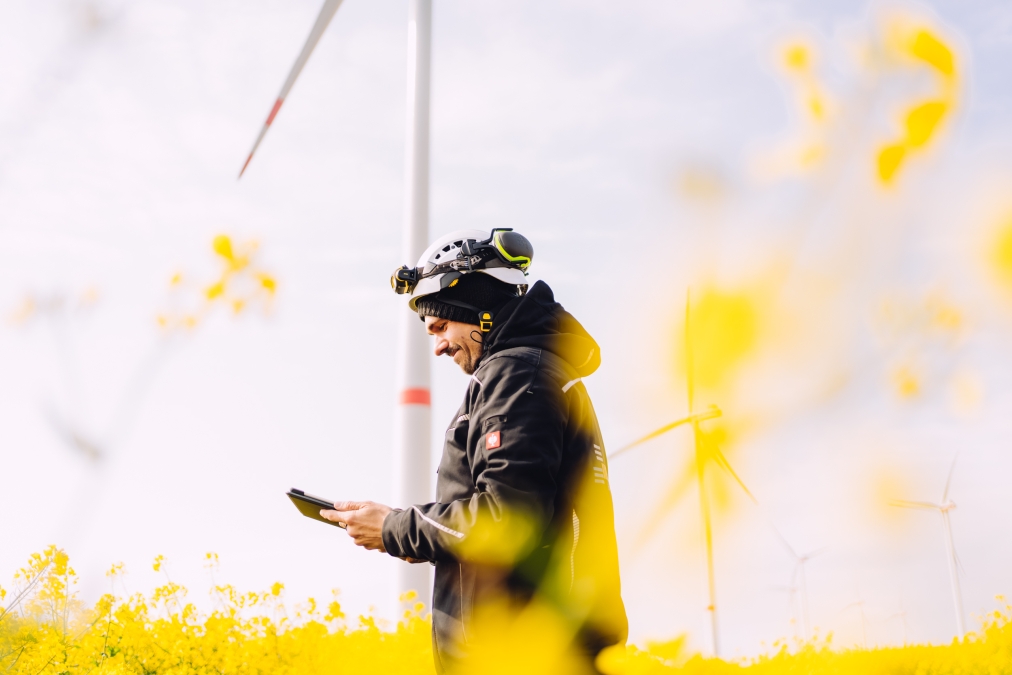
Shared responsibility: why act now?
Authorities frequently remind operators and maintenance organizations that they share responsibility for ensuring safety during inspections or maintenance activities.
“This is not new for the industry, but many operators, especially those without dedicated in-house staff, remain unaware of their responsibilities. They often delegate tasks without ensuring that occupational safety requirements are met,” explains Kevin Gering, an inspection engineer at ENERTRAG Operation.
Common misconceptions: who is responsible?
A widespread misconception is that operators without direct employees have no safety responsibilities. In reality, once contractors or maintenance firms are engaged, the operator assumes the role of an employer with clearly defined obligations under health and safety laws. Risk assessments are essential tools for clarifying responsibilities and organizing safe working conditions.

Risk assessment: both an obligation and a safeguard
How is a risk assessment conducted in practice? Conducting a risk assessment is far more than a formality. It addresses key questions such as:
- What hazards are associated with the installation?
- What qualifications are required for personnel accessing the site?
- How do different trades coordinate their work?
- What protective measures are necessary to mitigate risks?
A risk assessment serves as both a compliance document and a safety guarantee. It includes:
- Hazard identification
- Risk analysis
- Implementation of preventive measures
- Regular updates to account for technical or organizational changes
Practical example: Working on the roof of a wind turbine nacelle presents a high risk of falls. Without protective equipment such as harnesses, the danger is extreme. A risk assessment identifies this hazard and mandates the use of personal protective equipment (PPE) to significantly reduce the risk.

Execution matters: the importance of expertise
Operators may conduct risk assessments themselves or delegate them to qualified third parties. Regardless, they remain accountable for the content and implementation of the assessment. Incomplete or inaccurate risk assessments can lead to serious repercussions, including financial penalties and personal liability.
Conclusion: risk assessment as an investment in safety
A well-prepared risk assessment provides structure and clarity to occupational safety. It ensures that all parties involved can evaluate and minimize hazards consistently. Operators who neglect this obligation not only endanger their employees but also expose themselves to unnecessary risks.
Why gamble with safety? With a proper risk assessment, you are on the safe side — today, tomorrow, and in case of an incident.


